How to Grow Rice Plant
- April 1, 2024
- 2 comment
Rice, a staple food for over half the world’s population, is revered not just for its nutritional value but also for its cultural significance in many societies. Growing rice may seem daunting, but with the right knowledge and techniques, it can be a fulfilling endeavor. Here’s a comprehensive guide to help you understand the process of growing rice.
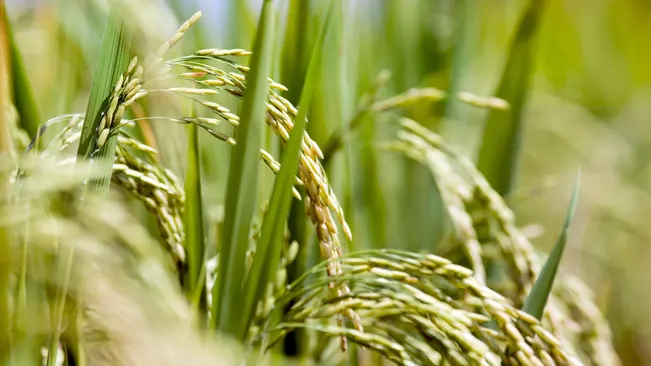
Understanding Rice Varieties
Before you start, it’s important to choose the right variety of rice. Rice is generally categorized into three types based on grain length – short, medium, and long grain, each with unique characteristics and uses. Your choice should be influenced by your climatic conditions and the kind of rice you prefer to consume.
Short-Grain Rice
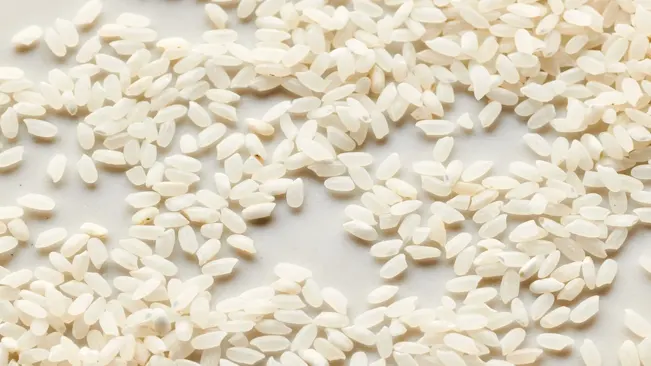
- Characteristics: Short-grain rice is plump and almost round. It has a higher starch content, particularly amylopectin, which makes it sticky and clumpy when cooked. This texture is ideal for sushi and other dishes where the rice needs to hold together.
- Culinary Uses: Widely used in East Asian cuisine, especially for sushi, rice pudding, and certain desserts.
- Growth Conditions: Typically prefers temperate climates and is commonly grown in regions like Japan and Korea.
Medium-Grain Rice
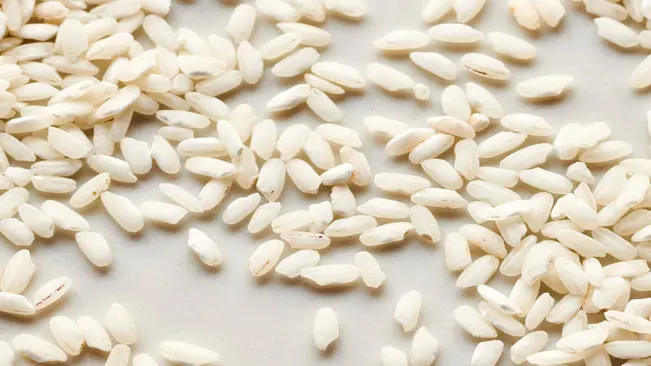
- Characteristics: Medium-grain rice is shorter and wider than long-grain but not as round as short-grain rice. It’s somewhat chewy with a slightly sticky texture after cooking, balancing fluffiness and clumpiness.
- Culinary Uses: Versatile in use, it’s good for dishes like risotto, paella, and a variety of Asian dishes.
- Growth Conditions: It can grow in diverse climates but is notably popular in the Mediterranean and some parts of Asia.
Long-Grain Rice
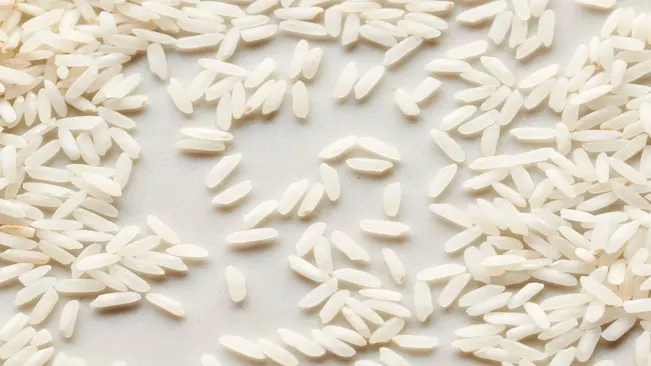
- Characteristics: This rice is long and slender. When cooked, it’s known for being fluffy and non-sticky, with each grain remaining separate. It has a lower starch content compared to short and medium-grain rice.
- Culinary Uses: Ideal for dishes like pilafs, biryanis, and as a side for many dishes in Middle Eastern, Indian, and of course, American and European cuisines.
- Growth Conditions: Commonly grown in warmer climates, found extensively in regions like India, Thailand, and the southern United States.
Other Considerations
- Aromatic Varieties: Within these categories, there are aromatic varieties like Basmati (long-grain) and Jasmine (long to medium-grain), known for their distinctive fragrances and flavors.
- Regional Specialties: Some regions have specific varieties adapted to their climate and soil conditions. These can offer unique flavors and textures not found in mainstream rice types.
- Climatic Influence: The choice of rice variety is heavily influenced by your local climate. Tropical and subtropical regions are generally better suited for rice cultivation, but there are varieties adapted to temperate zones as well.
- Nutritional Content: Different rice varieties also have varying nutritional profiles. For instance, brown rice, which is less processed, retains more nutrients than white rice.
Selecting the Right Location
Rice thrives in a warm and moist environment. It requires a long growing season with temperatures ranging between 20°C and 40°C. A flat area that can retain water is ideal for traditional rice farming. However, certain varieties can also be grown in upland conditions.
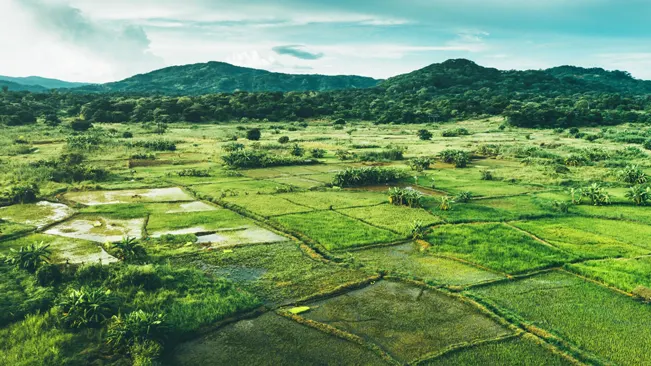
Climate Considerations
- Rice plants prefer a consistently warm climate. Ideal temperatures range between 20°C to 40°C, which promotes optimal growth and grain development.
- The crop also benefits from high humidity, as it helps maintain the necessary moisture levels.
Terrain and Soil
- Flat land is typically preferred because it allows for uniform water distribution and easier management of flooded conditions.
- The soil should be able to retain water well. Clay or silty loam soils are often considered ideal as they hold water efficiently and have good fertility.
- Proper drainage is also important. Even though rice plants need a lot of water, they can suffer from over-saturation, so controlled drainage systems can be beneficial.
Water Availability
- Rice is a water-intensive crop. The chosen location should have a reliable source of water for irrigation.
- Traditional rice farming involves creating paddy fields, which are essentially low-lying areas flooded with water during the growth period. This makes a nearby water source, like a river or reservoir, highly advantageous.
Upland Rice Farming
- While most rice is grown in flooded conditions, there are varieties suitable for ‘upland’ cultivation, where rice is grown in non-flooded fields like other typical crops.
- Upland varieties are generally more tolerant of drier conditions and soil variations. They rely on rainfall or limited irrigation rather than flooding.
Environmental Impact
- It’s important to consider the environmental impact of rice farming. This includes the effects on local water resources and ecosystems.
- Sustainable practices, such as water-saving technologies and integrated pest management, can minimize the environmental footprint.
Preparing the Field
Preparing the field is a crucial step in traditional rice cultivation. The process, often referred to as ‘puddling’, is designed to create optimal conditions for rice growth while also managing weeds and preserving soil structure. Here’s a more detailed look at this process:
Initial Land Preparation
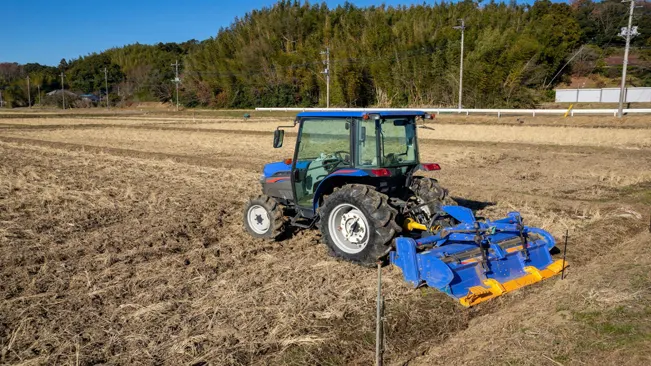
- Ploughing: The process begins with ploughing, which is usually done with a tractor or a water buffalo in traditional settings. Ploughing helps to turn the soil, break up clods, and uproot weeds. It also aids in aerating the soil and incorporating organic matter.
- Leveling: After ploughing, the field is leveled. Leveling is essential for uniform water distribution during flooding. A well-leveled field ensures that all parts of the field receive equal amounts of water and nutrients.
Puddling
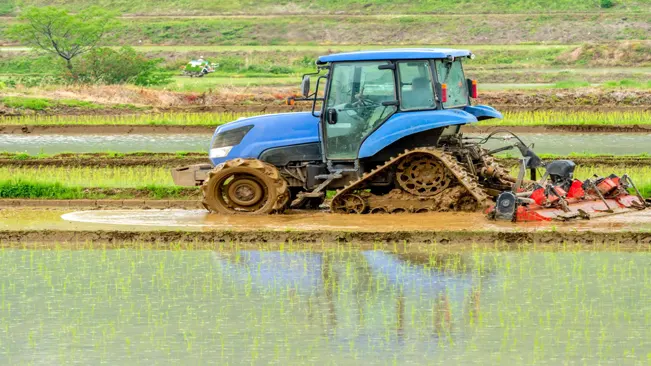
- Flooding the Field: Once the field is ploughed and leveled, it’s flooded with water. The depth of water typically ranges from 2 to 4 inches. This initial flooding softens the soil, making the subsequent steps of puddling more effective.
- Further Ploughing and Harrowing: While the field is flooded, further ploughing and harrowing are carried out. This process breaks down the soil into a fine, mud-like consistency. Puddling in water helps to reduce the permeability of the soil, thereby allowing it to retain water more effectively.
- Benefits for Weed Control: Puddling helps in suppressing weed growth. Many weeds cannot survive the flooded conditions, giving rice plants an advantage. Since rice can thrive in flooded conditions, it outcompetes the weeds for nutrients.
- Maintaining Soil Structure: Puddling also helps in maintaining the soil structure suitable for rice. It reduces soil erosion and runoff. The mud-like consistency allows rice roots to penetrate easily and anchor the plant firmly.
Seed Selection and Planting
Choosing high-quality seeds is crucial for a good yield. The seeds are generally soaked and sprouted before planting. In a conventional setup, seedlings are transplanted into the flooded field. However, direct seeding methods are also gaining popularity.
Seed Selection
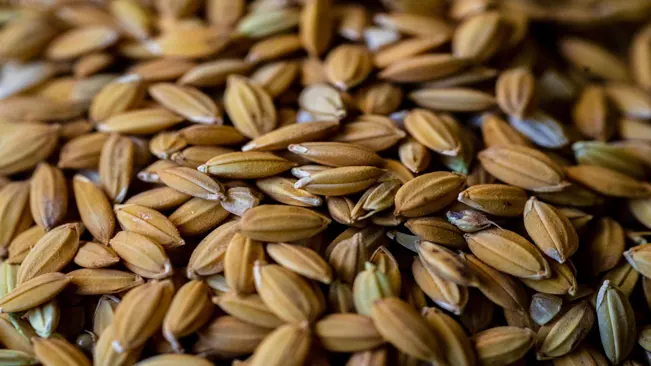
- Quality Matters: High-quality seeds lead to robust plant growth and higher yields. It’s essential to select seeds that are disease-free, mature, and have a high germination rate.
- Variety Selection: Depending on your region, climate, and the type of soil, you should choose a rice variety that’s best suited for your conditions. There are numerous varieties, including those adapted to specific climates like drought-tolerant or flood-resistant types.
- Genetic Purity: Ensuring the genetic purity of the seeds is important. Mixed varieties can result in uneven growth and maturation, complicating cultivation and harvest.
Seed Soaking and Sprouting
- Soaking: Seeds are soaked in water to initiate germination. This process usually takes about 24-36 hours. The water temperature and duration of soaking can significantly impact the rate of germination.
- Incubation for Sprouting: After soaking, seeds are drained and kept in a warm, moist environment to encourage sprouting. This process takes a few days, and care must be taken to avoid fungal growth.
Planting Techniques
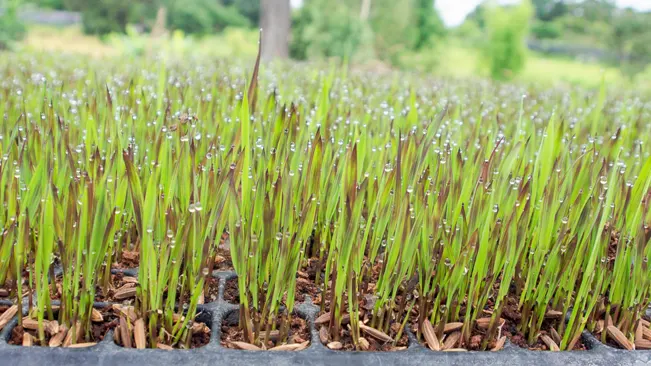
- Nursery Preparation: Traditionally, rice seeds are germinated in a nursery bed. This allows for better management of seedlings until they are sturdy enough to be transplanted to the main field.
- Transplanting: Seedlings are transplanted from the nursery to the flooded field when they reach a suitable height (usually about 15-20 cm). Transplanting is labor-intensive but allows for more efficient space utilization and better weed control.
- Direct Seeding: As an alternative to transplanting, direct seeding involves sowing seeds directly in the field. This method can be done in both dry and wet conditions. It saves labor but requires more meticulous weed and water management.
- Dry Seeding: Seeds are sown in dry soil. This method is typically used in rainfed or upland rice farming systems.
- Wet Seeding: Seeds are broadcasted into fields that have been pre-flooded with water. This is more common in lowland rice farming systems.
Water Management
Rice plants require a consistent supply of water. The flooded paddy fields must be maintained with a specific water depth until the maturation stage. Efficient water management is essential to prevent over-flooding or drying out, which can affect the crop yield.
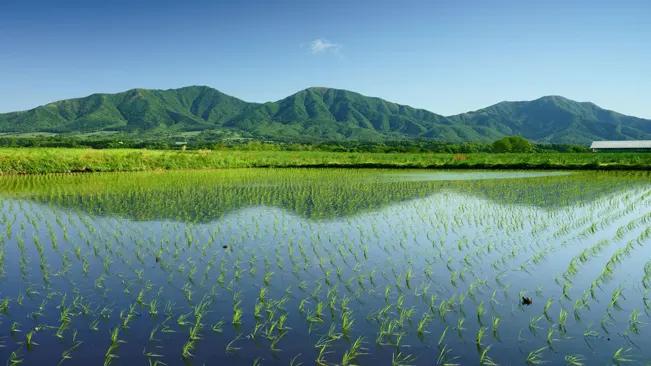
Importance of Water in Rice Cultivation
- Growth Requirement: Rice is a semi-aquatic plant and one of the few crops that can thrive in standing water. This unique characteristic is crucial for its growth.
- Weed Control: Flooding helps to suppress weeds, which can compete with the rice for nutrients and sunlight.
- Soil Structure: Water helps maintain the soil structure necessary for rice cultivation, preventing the soil from compacting too much.
Methods of Water Management
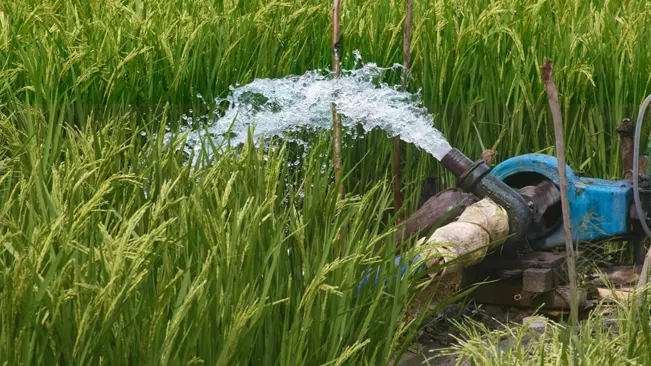
- Flood Irrigation: The most common method in rice farming involves flooding the fields. This can be done through channels, pumps, or rain-fed water sources.
- Alternate Wetting and Drying (AWD): A water-saving technique where the field is allowed to dry briefly before being reflooded. This method can reduce water use and methane emissions without significantly affecting yield.
- Controlled Irrigation: Advanced techniques involve using controlled irrigation systems to manage the water levels precisely. This is often used in conjunction with technology for optimal water use.
Stages of Water Management
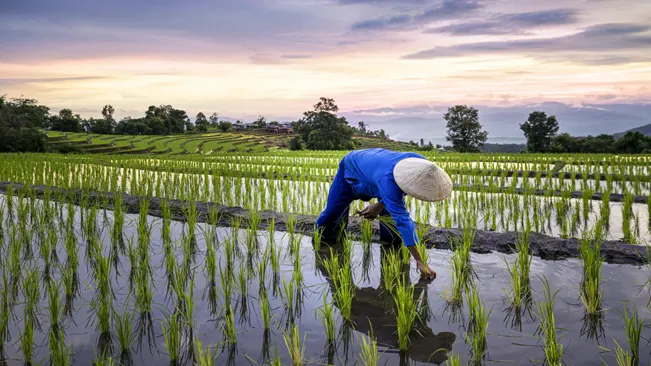
- Pre-Planting: Prior to planting, fields are often pre-irrigated to prepare the soil. This can also help in land leveling.
- Planting to Mid-Tillering: After planting, maintaining a shallow depth of water (about 5 cm) is typical. This stage is crucial for establishing the crop.
- Mid-Tillering to Flowering: Water depth can be increased slightly. Consistent water levels are vital to ensure the plants aren’t stressed.
- Flowering to Maturity: Water levels are often reduced gradually as the crop matures, preparing for the drying of fields before harvest.
Challenges and Solutions
- Drought: In areas prone to drought, varieties that are more tolerant to drier conditions are preferred, and water-saving methods like AWD are utilized.
- Over-irrigation: Excessive water can lead to problems like root rot. Controlled irrigation methods and proper field design to ensure uniform water distribution are essential.
- Water Scarcity: Efficient use of water through methods like rainwater harvesting, proper field leveling, and recycling of water can help in areas with water scarcity.
Fertilization and Weed Control
Rice plants benefit from nitrogen-based fertilizers. However, it’s essential to use them judiciously to avoid environmental harm. Managing weeds in rice paddies is also crucial, often achieved through flooding and careful use of herbicides.
Fertilization in Rice Cultivation
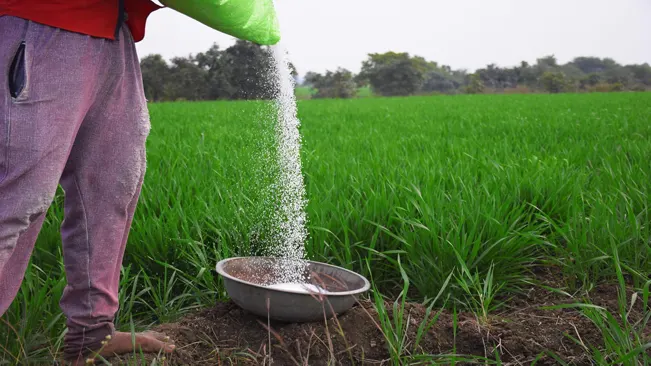
- Importance of Nitrogen: Nitrogen is a key nutrient for rice, promoting healthy leaf growth, which is vital for photosynthesis and overall plant health. An adequate supply of nitrogen can significantly increase yield.
- Types of Fertilizers: Apart from nitrogen-based fertilizers, rice plants also benefit from phosphorus and potassium fertilizers. The specific needs depend on soil fertility, which can be determined through soil testing.
- Application Timing: The timing of fertilizer application is crucial. Typically, nitrogen fertilizer is applied at multiple stages: at planting (basal application), during early tillering, and at panicle initiation. This schedule helps in maximizing efficiency and reducing waste.
- Method of Application: Fertilizers can be broadcast manually or with a machine, or applied through the irrigation water (fertigation). Each method has its pros and cons, and the choice often depends on the farm size and available resources.
- Organic Options: For organic rice farming, natural fertilizers like compost, green manure, and animal manures are used. These not only provide nutrients but also help in maintaining soil health.
Weed Control in Rice Cultivation
- Weed Competition: Weeds compete with rice for nutrients, light, and space, significantly reducing yields. Therefore, effective weed control is vital.
- Flooding: In traditional paddy cultivation, fields are flooded to suppress weed growth, as most weeds cannot survive under submerged conditions. However, this method is not effective against all aquatic weeds.
- Manual and Mechanical Weeding: Manual weeding, though labor-intensive, is effective and commonly used in small-scale farming. Mechanical weeders are also available for larger fields.
- Herbicides: Herbicides are often used for more efficient weed control. However, it’s crucial to choose the right herbicide that targets the specific weeds present and is safe for rice. The timing of application is also important to maximize effectiveness and minimize harm to the rice plants.
- Integrated Weed Management: This approach combines multiple strategies like crop rotation, use of weed-resistant rice varieties, proper fertilization to promote healthy rice growth, and judicious herbicide use. It aims to manage weeds effectively while reducing reliance on any single method, especially chemical herbicides.
Environmental Considerations
- Judicious Use of Chemicals: Excessive use of chemical fertilizers and herbicides can lead to environmental issues like soil degradation, water pollution, and harm to non-target organisms. It’s important to use these inputs judiciously and as part of an integrated approach.
- Monitoring and Adjustment: Regular monitoring of the crop for nutrient deficiencies and weed presence can help in making precise adjustments to fertilizer and herbicide applications, minimizing waste and environmental impact.
- Alternative Practices: Practices like using cover crops, organic fertilizers, and adopting no-till farming can also help in enhancing soil health and reducing the environmental impact of rice cultivation.
Harvesting
Harvesting rice is a crucial stage in the cultivation process, and understanding it in detail can help ensure a successful yield. Here’s more information about each step of the rice harvesting process
Timing of Harvest
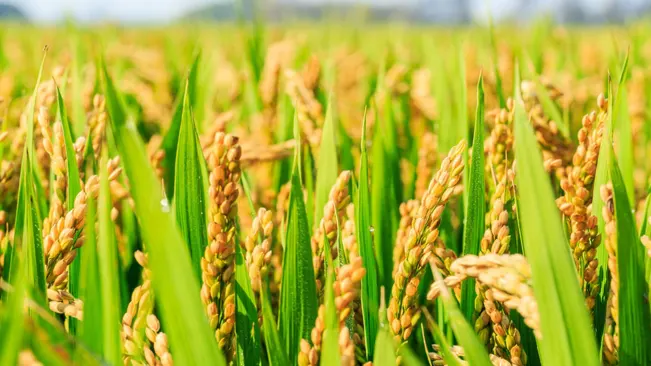
- The correct timing for harvesting is vital. Rice grains should be golden yellow, indicating maturity, but still slightly moist to reduce grain shattering. If harvested too early, grains may be too moist, leading to difficulties in threshing and lower quality. If too late, there’s a risk of grain shattering, where grains fall off the stalk, leading to yield loss.
Cutting the Stalks
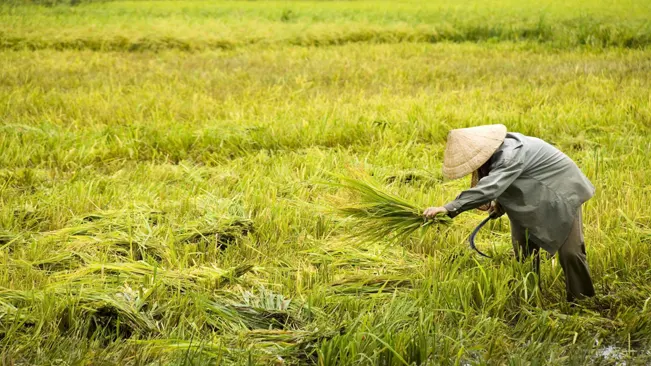
- Traditionally, rice stalks are cut using hand tools like sickles. However, in larger operations, mechanical harvesters are often used. The method of cutting depends on the scale of the operation and the available resources. The stalks are usually cut close to the ground to ensure that the maximum amount of grain is harvested.
Threshing
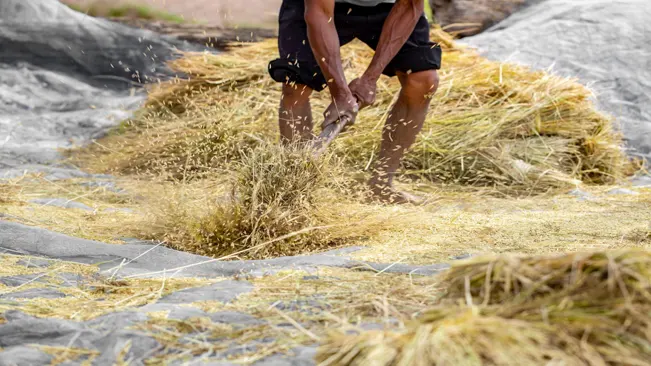
- Threshing separates the rice grains from the stalks and husks. This can be done manually by beating the stalks against a hard surface or using a mechanical thresher. Manual threshing is labor-intensive and time-consuming but is still common in many small-scale farming operations.
Winnowing
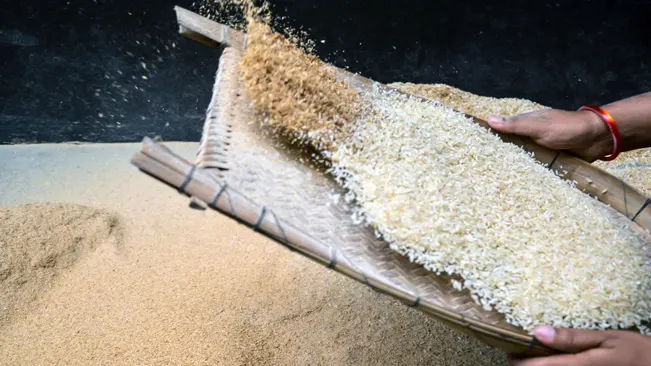
- After threshing, the rice grains are mixed with chaff (the husks and other plant material). Winnowing helps to separate the grains from the chaff. This is often done by tossing the mixture into the air, allowing the lighter chaff to be blown away by the wind or a fan, while the heavier grains fall back down.
Drying
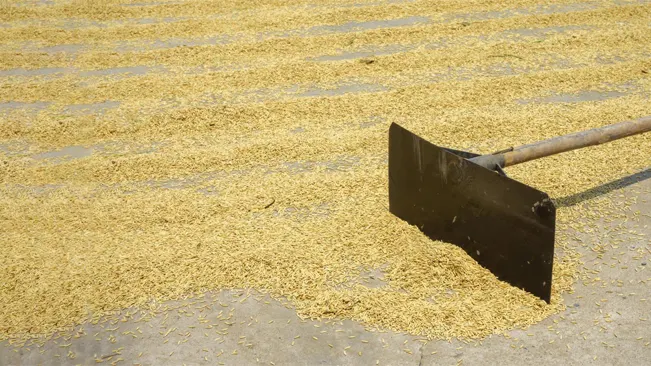
- Post-harvest, the grains usually have a moisture content of around 20-25%. This needs to be reduced to about 12-14% to prevent spoilage and pests during storage. Drying can be done either by spreading the grains in the sun on mats or using mechanical dryers. The method used often depends on the climate and resources available.
Storage
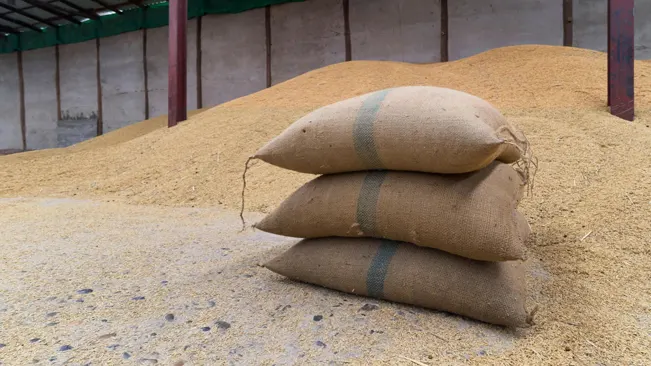
- After drying, the rice is stored. Proper storage is essential to prevent spoilage and pest infestations. Typically, rice is stored in a cool, dry place. In traditional settings, it might be stored in granaries, while modern operations might use silos.
Milling

- For rice that will be sold as white rice, further processing is required. Milling removes the outer husk and bran layer. Brown rice is only husked, retaining the nutrient-rich bran layer, while white rice undergoes both husking and polishing.
Quality Control
- Throughout the harvesting process, quality control is important to ensure the final product is of high quality. This includes checking for grain maturity, proper drying, and minimizing breakage during milling.
Challenges and Solutions
Rice farming can be labor-intensive and susceptible to various diseases and pests. Modern agricultural practices and integrated pest management can help address these challenges. Sustainable farming practices are also essential to reduce environmental impact.
Challenges in Rice Farming
- Labor Intensiveness: Traditionally, rice farming requires a significant amount of manual labor, from planting to harvesting.
- Diseases and Pests: Rice crops are susceptible to a variety of diseases and pests, which can drastically reduce yield.
- Water Management: Rice cultivation typically requires large quantities of water, making it challenging in areas with water scarcity or inefficient water management systems.
- Soil Degradation: Continuous rice cultivation can lead to soil degradation, affecting soil health and crop productivity.
- Climate Change Impact: Fluctuations in weather patterns due to climate change can adversely affect rice yields, making it hard to predict and manage.
- Weed Control: Managing weeds in rice paddies can be difficult and time-consuming, often requiring chemical herbicides.
Solutions and Modern Practices
- Mechanization: Using modern machinery for planting, weeding, and harvesting can significantly reduce the labor required and increase efficiency.
- Integrated Pest Management (IPM): IPM involves using a combination of biological, cultural, physical, and chemical methods to manage pests and diseases in a more sustainable and environmentally friendly way.
- Efficient Water Use: Techniques like System of Rice Intensification (SRI) and alternate wetting and drying (AWD) can optimize water usage, reducing the overall requirement.
- Soil Health Management: Practices such as crop rotation, green manuring, and the use of organic fertilizers help maintain soil fertility and structure.
- Climate-Resilient Varieties: Developing and using rice varieties that are resistant to climatic stresses like drought, floods, and high temperatures can mitigate the impact of climate change.
- Herbicide Resistance and Organic Weed Control: Developing herbicide-resistant rice strains, along with organic methods like mulching and manual weeding, can be effective for weed control.
- Sustainable Farming Practices: Embracing sustainable practices such as reduced chemical use, conservation agriculture, and agroforestry can help in maintaining ecological balance and reducing environmental impact.
- Research and Development: Ongoing research in rice cultivation, disease resistance, water management, and sustainability plays a crucial role in addressing the evolving challenges in rice farming.
- Farmer Education and Extension Services: Educating farmers about best practices, new technologies, and sustainable methods is crucial for the widespread adoption of these solutions.
- Government Policies and Support: Supportive government policies, subsidies for sustainable practices, and investments in agricultural research and infrastructure are important for the growth and sustainability of the rice farming sector.
Benefits of Growing Rice
- Nutritional Value: Rice is a major source of carbohydrates, providing energy. It also contains essential nutrients such as vitamins, minerals, and fibers.
- Economic Profit: For many farmers, especially in Asia, rice cultivation is a primary source of income. It’s a crucial economic activity that supports families and communities.
- Food Security: Rice is a staple food for over half the world’s population. Growing rice locally contributes to food security and reduces dependency on imports.
- Ecological Benefits: Rice paddies create unique ecosystems that can support a variety of wildlife. They can serve as a habitat for birds, fish, and other aquatic organisms.
- Cultural Significance: In many cultures, rice is more than just a food crop; it’s integral to various cultural practices, traditions, and rituals.
- Crop Rotation Benefits: Rice can be part of a crop rotation system, helping to improve soil fertility and structure, and control pests and diseases in subsequent crops.
- Community Engagement: Rice cultivation often involves community participation, strengthening social bonds and cooperation among villagers or community members.
- Adaptability: Many rice varieties are adaptable to different environmental conditions, including submerged, upland, and drought-prone areas.
- Water Management: Rice cultivation can aid in water management, especially in flood-prone areas, as the rice paddies can act as a flood mitigation tool.
- Research and Development: The global importance of rice has led to significant research in improving rice strains, cultivation techniques, and sustainability, benefiting farmers through improved yields and resilience.
- Employment Opportunities: Rice farming and processing provide employment opportunities in rural areas, contributing to the reduction of rural poverty.
- Carbon Sequestration: Some studies suggest that under certain conditions, rice paddies can act as carbon sinks, helping to sequester carbon dioxide.
- Educational Value: Rice cultivation can be used as an educational tool to teach about agriculture, sustainability, and environmental stewardship.
- Diversification: Growing rice along with other crops can diversify a farmer’s production and income sources, reducing economic risk.
- Sustainability Initiatives: Innovations in sustainable rice farming practices contribute to more environmentally friendly agriculture globally.
Conclusion
Growing rice is a labor of love and patience. It requires a combination of traditional knowledge and modern techniques. With the right approach, you can cultivate this ancient grain, understanding its journey from a seedling to a staple on the dinner table.
FAQs (Frequently Asked Questions)
- What kind of climate is best for growing rice?
- Rice thrives in a warm and humid climate. It needs a long growing season with temperatures ranging between 20°C and 40°C and plenty of sunlight.
- Rice thrives in a warm and humid climate. It needs a long growing season with temperatures ranging between 20°C and 40°C and plenty of sunlight.
- How much water does rice need for growth?
- Rice generally requires a lot of water, especially during the early growth stages. Fields are often flooded with 2-4 inches of water, which needs to be maintained until just before harvest.
- Rice generally requires a lot of water, especially during the early growth stages. Fields are often flooded with 2-4 inches of water, which needs to be maintained until just before harvest.
- Can rice be grown in a backyard garden?
- Yes, rice can be grown in a backyard setting, especially in a container or a small, level plot that can retain water. Choose a variety suitable for your climate and space.
- Yes, rice can be grown in a backyard setting, especially in a container or a small, level plot that can retain water. Choose a variety suitable for your climate and space.
- What is the best time of year to plant rice?
- The best planting time varies by region, but generally, it’s during the late spring or early summer when temperatures are consistently warm.
- The best planting time varies by region, but generally, it’s during the late spring or early summer when temperatures are consistently warm.
- How long does it take for rice to grow from planting to harvest?
- It typically takes about 4-5 months from planting to harvest, depending on the rice variety and environmental conditions.
- It typically takes about 4-5 months from planting to harvest, depending on the rice variety and environmental conditions.
- Do I need to start rice seeds in a nursery?
- Yes, it’s common practice to start rice seeds in a nursery. The seedlings are then transplanted into the flooded field once they reach a certain height.
- Yes, it’s common practice to start rice seeds in a nursery. The seedlings are then transplanted into the flooded field once they reach a certain height.
- What kind of soil is best for rice cultivation?
- Rice grows best in silty clay loam or clay loam soils that can retain water. The soil should be fertile and rich in organic matter.
- Rice grows best in silty clay loam or clay loam soils that can retain water. The soil should be fertile and rich in organic matter.
- How do I control pests and diseases in rice cultivation?
- Pest and disease control can include crop rotation, using resistant varieties, proper water management, and, if necessary, the judicious use of pesticides.
- Pest and disease control can include crop rotation, using resistant varieties, proper water management, and, if necessary, the judicious use of pesticides.
- What are common mistakes to avoid when growing rice?
- Common mistakes include improper water management, planting at the wrong time, not preparing the soil adequately, and neglecting pest and disease management.
- Common mistakes include improper water management, planting at the wrong time, not preparing the soil adequately, and neglecting pest and disease management.
- Can I grow rice organically?
- Yes, rice can be grown organically using methods like green manuring, organic pest control, and by avoiding synthetic fertilizers and pesticides.

Kristine Moore
Forestry AuthorI'm Kristine Moore, a seasoned garden landscaping professional with over 30 years of experience. My extensive career has been dedicated to transforming outdoor spaces into stunning, sustainable landscapes. With a deep understanding of horticulture, design principles, and environmental stewardship, I have become a respected figure in the field, known for creating harmonious, visually appealing, and eco-friendly gardens. My commitment to excellence and continuous learning in landscaping trends and techniques has solidified my reputation as an expert in garden design and implementation.








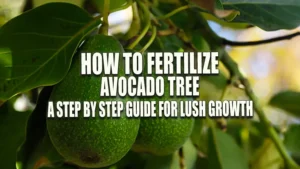
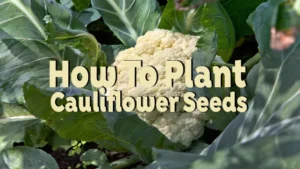



What is the average milled and dehusked yield tons per hectare of long grained rice grown in tropical wet conditions?
Neill
April 3, 2024 6:26 pmGreat question! Long-grained rice yields in tropical wet conditions typically range from 3 to 6 tons per hectare for milled rice. Yields might be higher for dehusked rice since milling removes the husks and bran. Results can vary with farming practices and local conditions. Do you have any experiences or insights on rice farming in such environments?
Kristine Moore
April 4, 2024 12:26 am